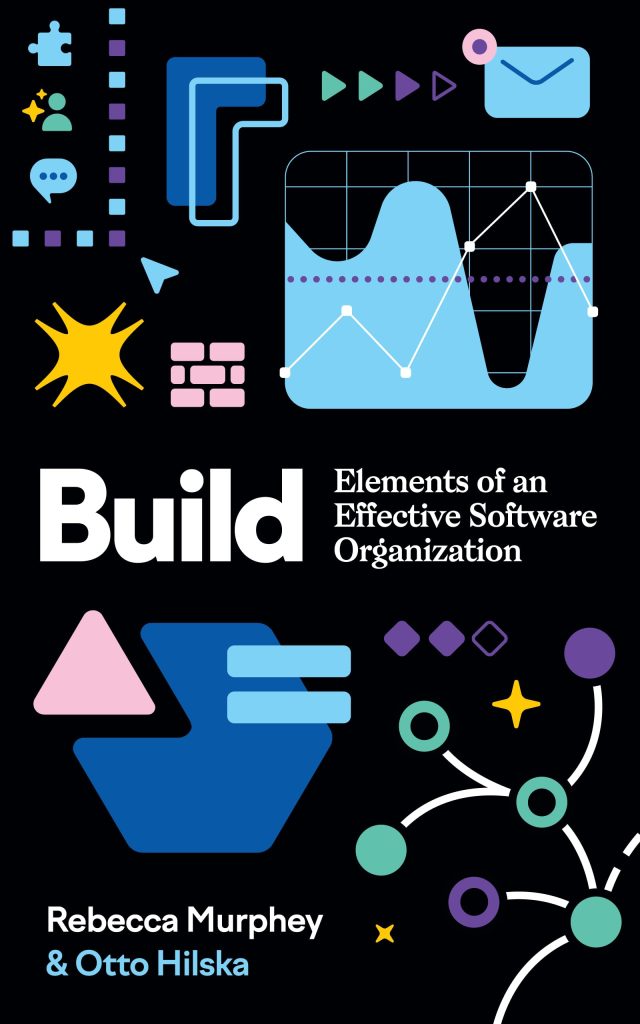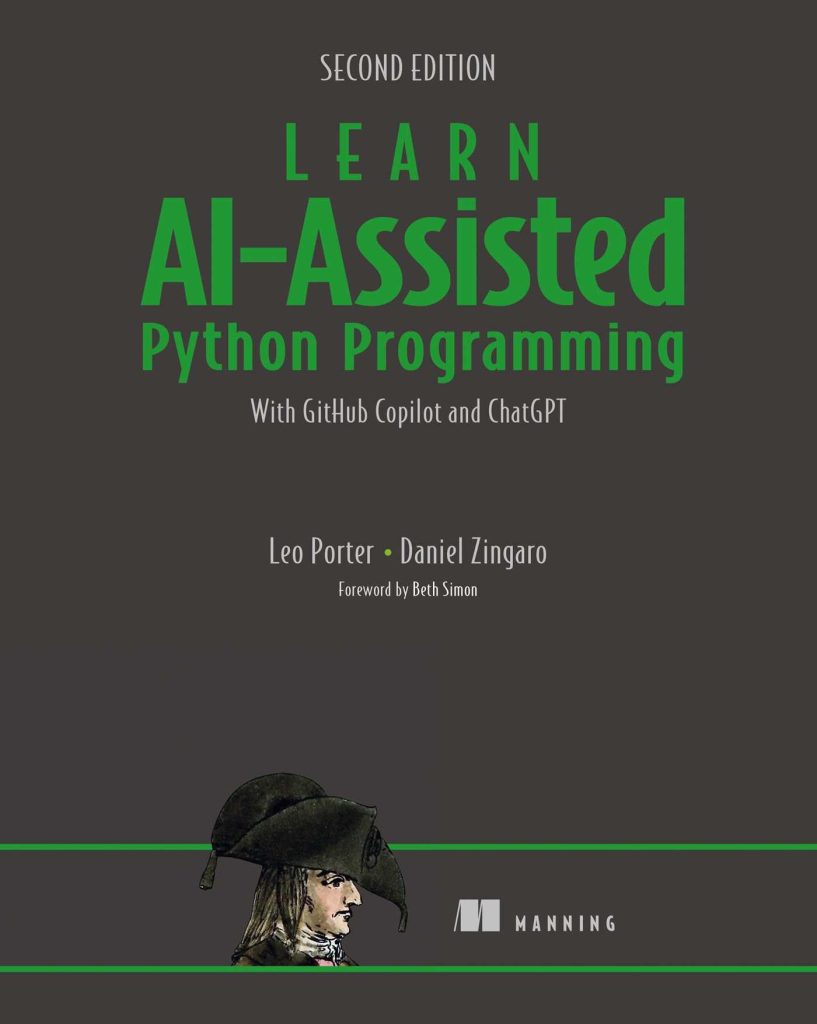
Source: pymnts.com
A smart contract is an automated transaction protocol that executes the terms of a contract. They are one of the most exciting areas of blockchain technology implementation.
The rise of blockchain presents a unique opportunity for distributed consensus. However, the development of Smart Contract applications comes with unique security concerns that have previously led to millions of USD in losses. An infamous example is The DAO Attack, where an attacker managed to siphon over 3.6m ether into a “child DAO” that was built with the same structure as The DAO. This attack led to the price of ether dropping from over $20 to under $13.
This article helps you get a better understanding on;
What is a Smart Contract Audit?
Smart contract test methods
How to audit a Smart Contract
Validation of a Smart Contract Performance
Smart Contract Optimization via Gas Analysis
What are some of the most common smart contracts attacks?
Common smart contract audit tools
Final thoughts
What is a Smart Contract Audit?
The audit of a Smart Contract is technically the same as auditing a regular code. It entails meticulously investigating code to find security flaws and vulnerabilities before publicly deploying the code. In addition, it involves developers scrutinizing the code that is used to underwrite the terms of the smart contract.
An effective Smart Contract audit should focus on the following areas;
- Common errors such as stack problems, compilation, and reentrance mistakes.
- Any known errors or security flaws of the Smart contract’s host platform.
- Simulating attacks on the Smart Contract.
What to check for when auditing smart contracts
When auditing a smart contract, you will be checking for;
Basic coding bugs
- Constructor mismatch: Whether the contract name and its constructor are identical to each other.
- Ownership takeover: Whether the set owner function is not protected.
- Overflows & underflows description: Whether the contract has general overflow or underflow vulnerabilities.
- Reentrancy: Reentrancy is an issue when code can call back into your contract and change state, such as withdrawing ETHs.
- Revert DoS: Whether the contract is vulnerable to DoS attack because of unexpected revert.
- Unauthorized self-destruct: Whether the contract can be killed by any arbitrary address.
Semantic consistency
Whether the semantic of the whitepaper is different from the implementation of the contract.
Smart contract test methods
Black box testing
This entails conducting security tests from an attacker’s perspective externally.
Grey box testing
Grey box testing involves conducting security testing on code modules through the scripting tool, observing the internal running status, mining weaknesses.
White box testing
Based on the open-source code, non-open-source code, to detect whether there are vulnerabilities in programs such as nodes, SDK, etc.
How to audit a Smart Contract
There are two approaches to smart contract auditing;
- Manual code analysis
- Automatic code analysis
Manual code analysis
Manual auditing of a smart contract involves a team of engineers or auditors examining each line of code to analyze it for compilation and errors. In addition, this method can further help identify other underestimated security issues. This approach is tedious but considered the most accurate and comprehensive. It detects hidden problems in the contract logic or architecture, not just bugs in the code.
Automatic code analysis
The automatic code analysis of a smart contract has the benefit of saving the development teams a great deal of time when checking their code. In addition, the automated analysis allows for sophisticated penetration testing, which helps find vulnerabilities exceptionally quickly. Some of the commonly used tools used in automatic code analysis include Truffle Suite and Populus, a python-based framework that allows quick testing using TestRPC.
Validation of a Smart Contract Performance
Just as with any other software, it’s critical to ensure that a smart contract is optimized for performance before rolling it out. The performance of the smart contract is directly linked to the quality of the code.
Validating a smart contract entails checking the code for any errors that might slow down or affect other aspects of the contract’s performance in some way. The easiest place to start when conducting a performance review is performing formal verification to see if the contract executes in a way that fulfills all the agreements that both parties decided when entering the contract.
Smart Contract Optimization via Gas Analysis
Blockchains such as Ethereum need to charge ‘gas’ in the form of Ether to cover the costs of transacting smart contracts. Gas prices may vary depending on the complexity of the smart contract. They may also vary according to the number of operation codes that the EVM has to execute.
Before building a smart contract, you can already estimate the gas costs involved in its operation. Using Ethereum’s Yellow Paper price chart, it is possible to build a relatively accurate estimate of your smart contract’s gas costs. Using this estimate, you can then use this figure to see whether your smart contract needs optimizing.
Types of smart contracts attacks
So, what are some of the most common smart contracts attacks that you would want to keep your smart contract free from?
Reentrancy
One of the major dangers of calling external contracts is that they can take over the control flow and make changes to your data that the calling function wasn’t expecting. This class of bugs can take many forms, and both of the major bugs that led to the DAO’s collapse were bugs of this sort.
Wrong calculation of the output token amount
Most state-of-the-art DeFi smart contracts deal with enormous amounts of money depicted in tokens or ETH value. Thus, many operations in contract logic are connected with tokens’ transfers to and from the contract. This creates a wide field for different mistakes related to correct percentages, fees, and profits calculations. Such errors include;
- incorrect decimals handling, e.g., when dealing with such tokens as USDT;
- incorrect order of operation during fees calculations, leading to a significant loss inaccuracy
Such errors lead to lost users’ funds or even tokens locked forever. Therefore, one of the tasks of a smart contract auditor is to check the correctness of the math operation.
Time for a contract
Oftentimes, the logic of smart contracts can be time-dependent. That is because the time for a contract is only available in the context of a transaction. The timestamp of a transaction, therefore, is equal to the label of the block in which it is included, thereby achieving consistency with the state of a smart contract.
However, this may create an opportunity for the miner to abuse their position due to some freedom in setting a timestamp for the block, giving them some unjust advantage over the other parties, and could exploit to their own benefit.
Common smart contract audit tools
Smart contracts are simply too large and dynamic to be audited and monitored manually. You will require a tool to thoroughly go through the code to avoid any sort of bugs. In some cases, even after a project goes live, you need a system to continually monitor the transactions and inform the participants immediately if something fishy is discovered.
Some of the top smart contract auditing tools include;
- Truffle
- MythX
- Mythril
- Remix
- Rattle
Final thoughts
Developing a completely foolproof smart contract is a complex and painstaking task. However, the common smart contracts attacks discussed in this article confirm the vulnerability of smart contracts is real. This confirms why a thorough audit of the smart contract is vital before being published on a network. This article discusses the process of auditing a smart contract to minimize the risk of attacks and users losing their funds. You can read the full audit report of the latest audit on LEDU BEP-20 Token Smart Contract to see what the whole process entails.
Source: https://blog.educationecosystem.com/how-to-audit-a-smart-contract/




